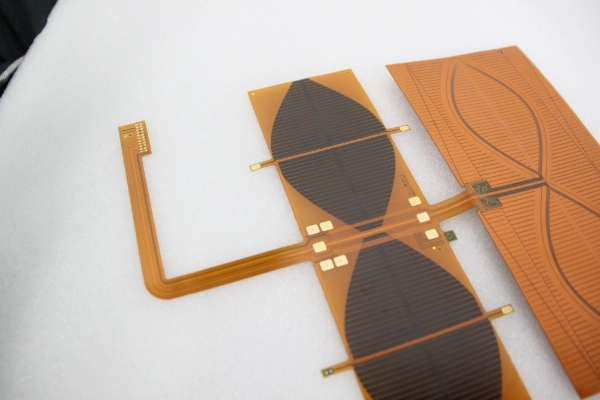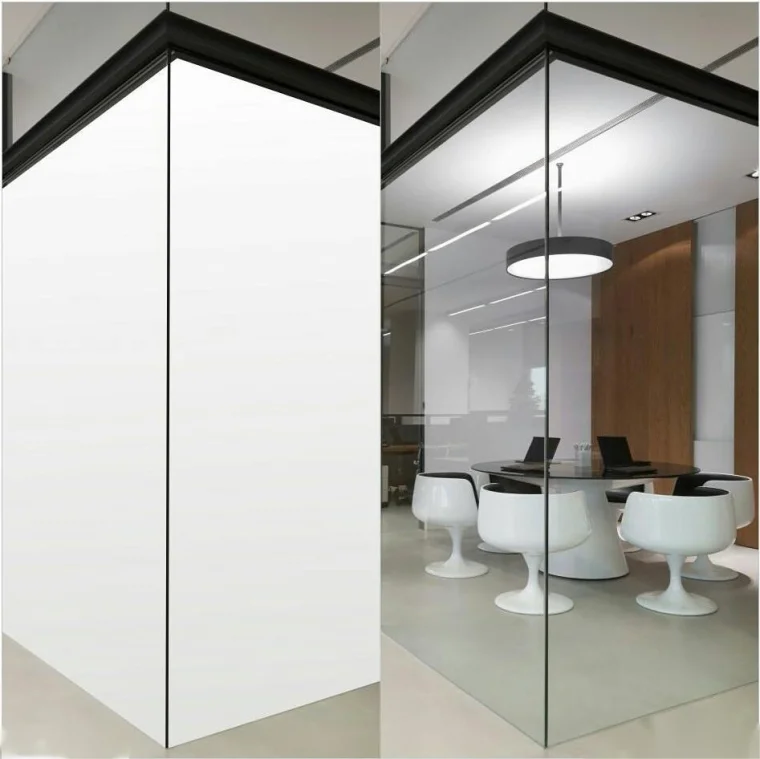When it comes to soldering in electronics, the choice of solder can significantly impact the quality and reliability of your connections. Among the various solder types available, 50/50 solder—a blend of 50% tin and 50% lead—has been a staple in the industry for decades. However, with the increasing push for lead-free alternatives and the evolving landscape of electronic manufacturing, many hobbyists and professionals alike are left wondering: Can I use 50/50 solder for electronics? In this article, we will delve into the characteristics, advantages, and disadvantages of using 50/50 solder in electronic applications, as well as explore best practices for its use.
Understanding 50/50 Solder
50/50 solder is a traditional alloy composed of equal parts tin and lead. This combination offers a melting point of approximately 370°F (188°C), making it relatively easy to work with. The solder is often used in applications where strong, reliable joints are required, such as in circuit boards, connectors, and other electronic components.
Advantages of Using 50/50 Solder
- Excellent Electrical Conductivity: One of the primary benefits of 50/50 solder is its superior electrical conductivity. The tin-lead alloy provides a low-resistance connection, which is crucial for ensuring optimal performance in electronic circuits.
- Low Melting Point: The melting point of 50/50 solder is lower than that of many lead-free alternatives, making it easier to work with, especially for delicate components that may be sensitive to heat.
- Good Wetting Properties: 50/50 solder exhibits excellent wetting characteristics, allowing it to flow smoothly and create strong bonds with various metals. This is particularly beneficial when soldering components with different thermal expansion rates.
- Reliability: The mechanical strength of joints made with 50/50 solder is well-established. This reliability is critical in applications where connections must withstand vibration, thermal cycling, and other stresses.
Disadvantages of Using 50/50 Solder
- Health and Environmental Concerns: The use of lead in solder raises significant health and environmental issues. Lead exposure can have serious health implications, particularly for children and pregnant women. Additionally, the disposal of lead-containing materials poses environmental risks, leading to regulatory restrictions in many regions.
- Regulatory Compliance: Many industries are moving towards lead-free solder to comply with regulations such as the RoHS (Restriction of Hazardous Substances) directive in the European Union. Using 50/50 solder may limit your ability to sell or distribute products in markets that enforce these regulations.
- Potential for Brittle Joints: While 50/50 solder is known for its strength, it can also create brittle joints under certain conditions, particularly if not applied correctly. This brittleness can lead to failure in high-stress applications.
Best Practices for Using 50/50 Solder
If you decide to use 50/50 solder in your electronic projects, consider the following best practices to ensure optimal results:
- Use Proper Ventilation: When soldering with 50/50 solder, ensure that you work in a well-ventilated area to minimize exposure to harmful fumes released during the soldering process.
- Clean Surfaces Thoroughly: Before soldering, clean the surfaces of the components to remove any oxidation or contaminants. This will enhance the wetting properties of the solder and improve joint quality.
- Control Temperature: Use a soldering iron with adjustable temperature settings to avoid overheating components. A temperature of around 350°F (177°C) is typically sufficient for 50/50 solder.
- Practice Good Hygiene: After working with lead-based solder, wash your hands thoroughly to prevent lead contamination. Consider using gloves and a dedicated workspace to minimize exposure.
- Consider Alternatives: If you are working in an environment where lead-free solder is required, explore alternatives such as SAC (tin-silver-copper) solder, which offers similar properties without the health risks associated with lead.
Conclusion
In summary, while 50/50 solder can be used effectively in electronics, it is essential to weigh its advantages against the potential health and regulatory concerns. For hobbyists and professionals alike, understanding the implications of using lead-based solder is crucial in making informed decisions. As the industry continues to evolve towards safer and more sustainable practices, considering lead-free alternatives may be the best path forward for future projects. Ultimately, the choice of solder should align with your specific application requirements, regulatory compliance, and personal safety considerations.




